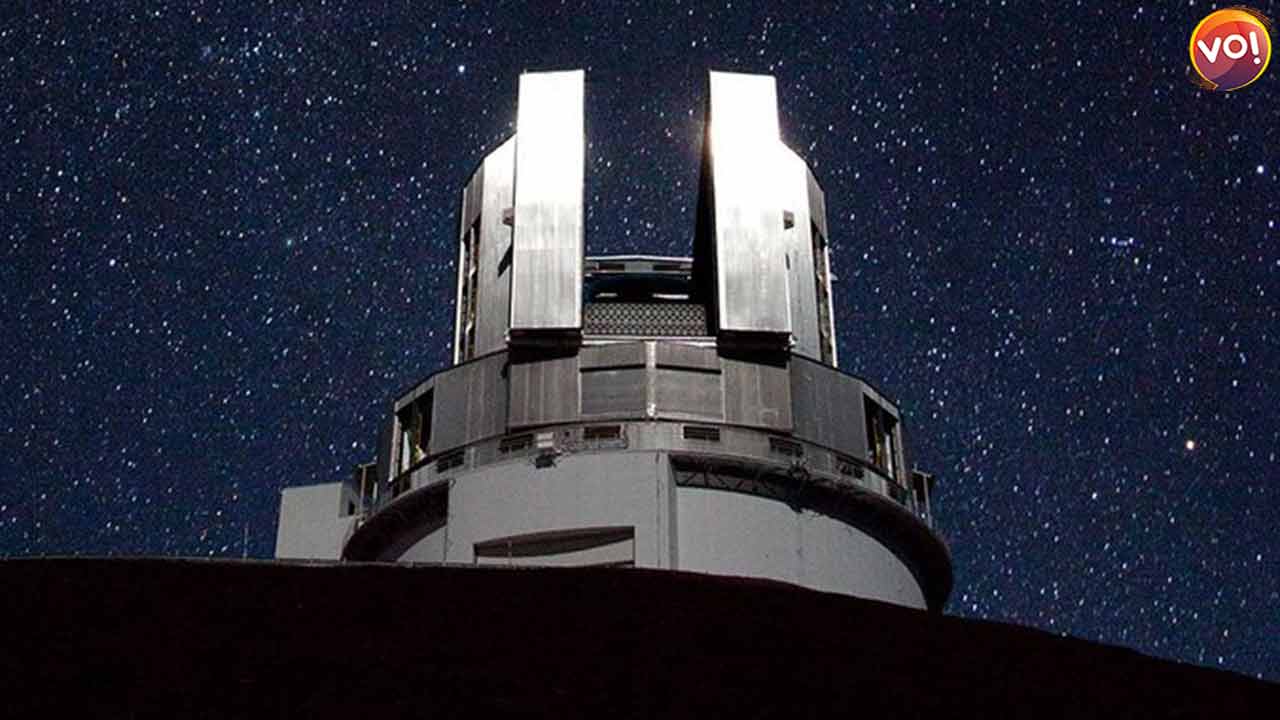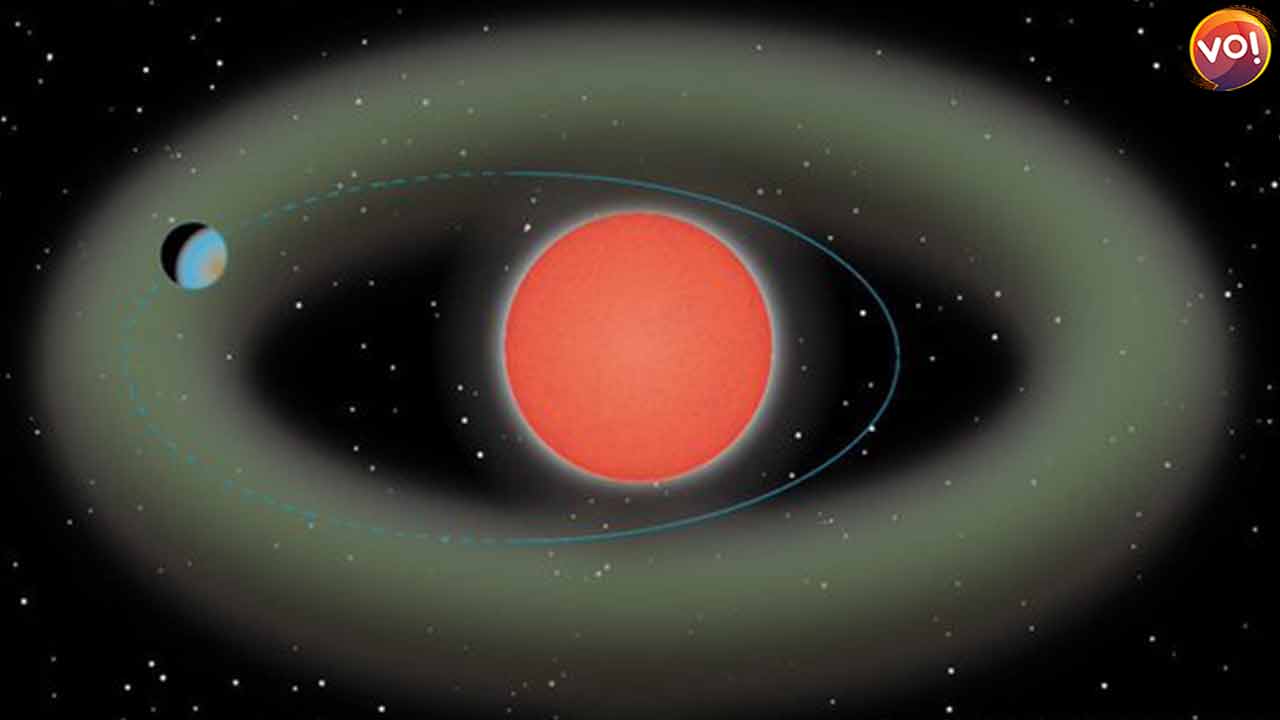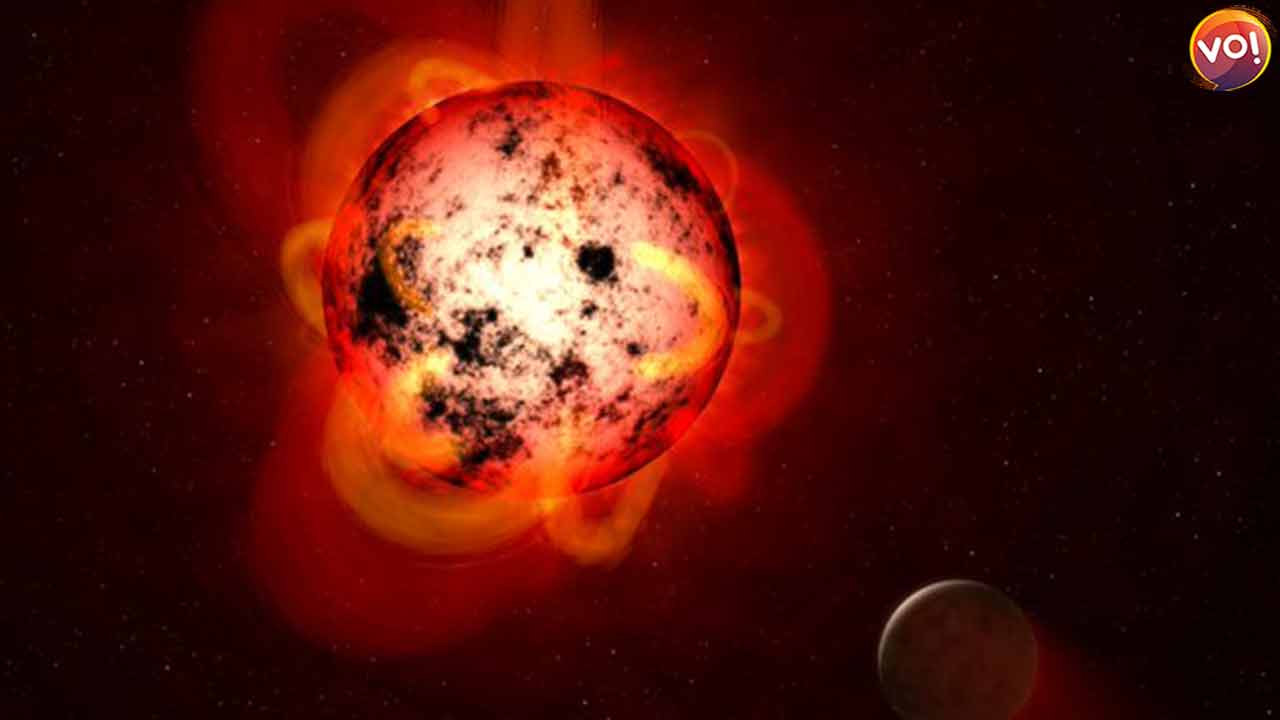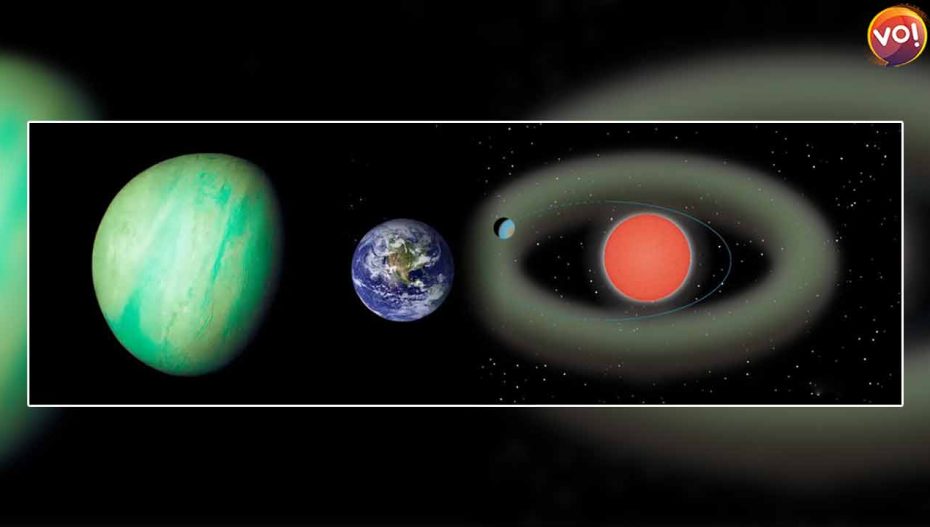At a distance of 37 light-years from Earth, Subaru Strategic Program astronomers have discovered a possible Super-Earth. The discovery was made with the infrared spectrograph IRD (InfraRed Doppler) on the Subaru Telescope (IRD-SSP).

Approximately four times the mass of our planet, the exoplanet skims in and out of its star’s habitable zone. The planet – named Ross 508b – shows continuous movement in and out of its habitable zone but still has a chance of holding water on its surface, and as the James Webb Space Telescope starts its operations, it might be a crucial find.
The habitable zone refers to the distance from a star at which liquid water could exist on the surface of an orbiting planet. Habitable zones also called the ‘Goldilocks zones’, may have ideal environmental conditions for life to flourish because they are neither overly hot nor too cold.
Ross 508b passes through this zone in its orbit around the star.

The exoplanet revolves around a star one-fifth the mass of the Sun. Situated at the inner edge of its habitable zone, the average distance from its central star is 0.05 times the Earth-Sun distance.
Ross 508 b is the outcome of a renewed emphasis on red dwarf stars, which make up three-quarters of the stars in our galaxy and are abundantly found close to the Solar System.
Ross 508 b is the first successful detection of a super-Earth using only near-infrared spectroscopy. Before this, in the detection of low-mass planets such as super-Earths, near-infrared observations alone were not accurate enough, and verification by high-precision line-of-sight velocity measurements in visible light was necessary.

Despite their limited radiance, dwarf stars are considered crucial targets for investigating life in the universe due to their limited lifetime. These stars have a surface temperature below 4,000 degrees Fahrenheit. Currently, Proxima Centauri b is the only other exoplanet orbiting in the habitable zone of the red dwarf star Proxima Centauri, the closest star to the Sun.
According to researchers, the planet probably has an elliptical orbit. Its orbital period or the revolution period is just 10.8 days, the tweet by NASA Exoplanet said.https://twitter.com/NASAExoplanets/status/1554919117362044931













